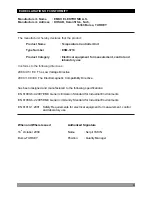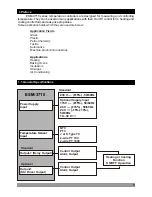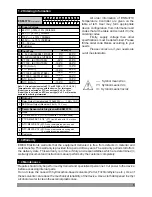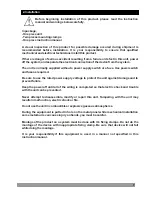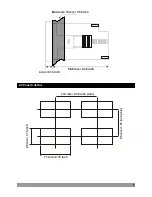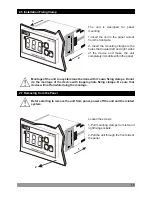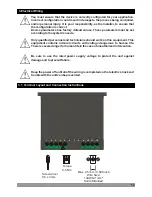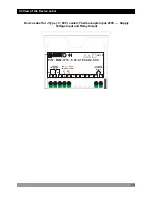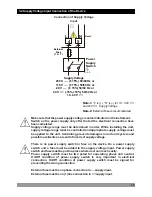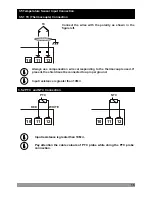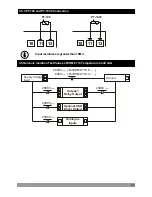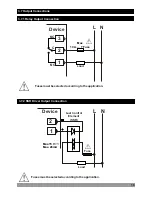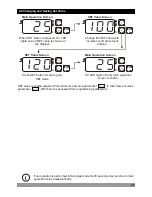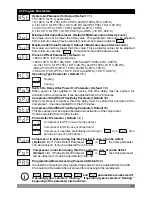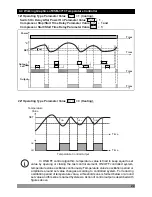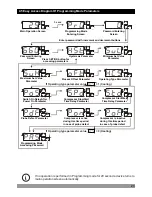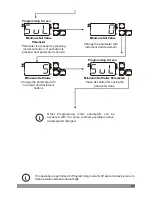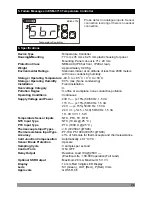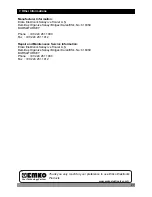
3.4 Supply Voltage Input Connection of the Device
Connection of Supply Voltage
Input
Supply Voltage
230 V
V
(± 15%) 50/60 Hz or
115 V
V
(± 15%) 50/60 Hz or
24 V
V
(± 15%) 50/60 Hz or
24 V
W
(-15%,+10%) 50/60 Hz or
10...30 V
Z
4
N
L
5
Y
Power
Supply
Switch
c
a
External
Fuse
(1 A T)
15
c
c
N
o
te
-2
Note-1
Note-1:
“L” is (+), “N” is (-) for 10...30V
Z
and 24V
Z
Supply Voltage
Note-2:
External Fuse is recommended
Make sure that the power supply voltage is same indicated on the instrument.
Switch on the power supply only after that all the electrical connection heve
been completed.
Supply voltage range must be determined in order. While installing the unit,
supply voltage range must be controlled and appropriate supply voltage must
be applied to the unit. Controlling prevents damages in unit and system and
possible accidents as a result of incorrect supply voltage.
There is no power supply switch or fuse on the device. So a power supply
switch and a fuse must be added to the supply voltage input. Power supply
switch and fuse must be put to a place where user can reach easily.
Power supply switch must be two poled for seperating phase and neutral.
On/Off condition of power supply switch is very important in electrical
connection. On/Off condition of power supply switch must be signed for
preventing the wrong connection.
External fuse must be on phase connection in
V
supply input.
External fuse must be on (+) line connection in
Z
supply input.




